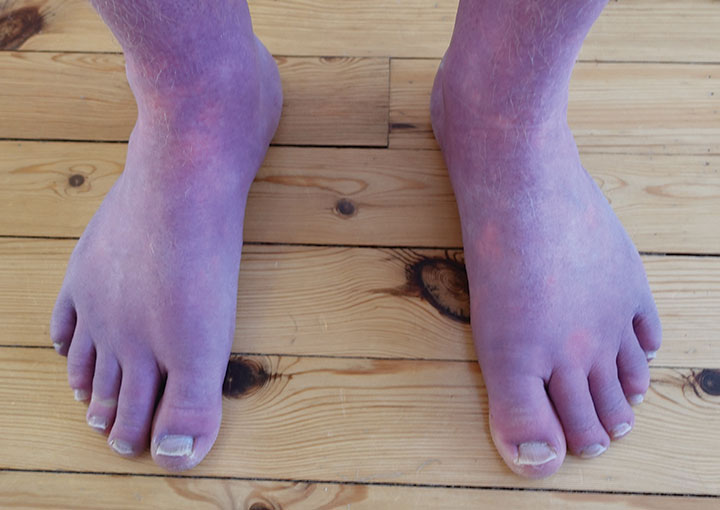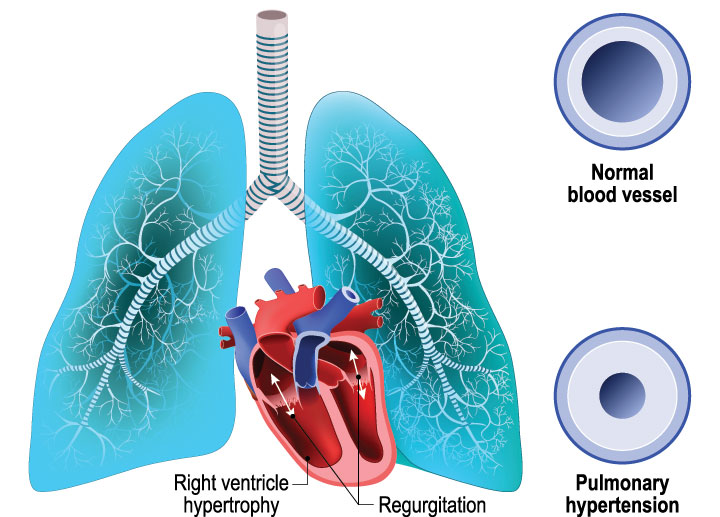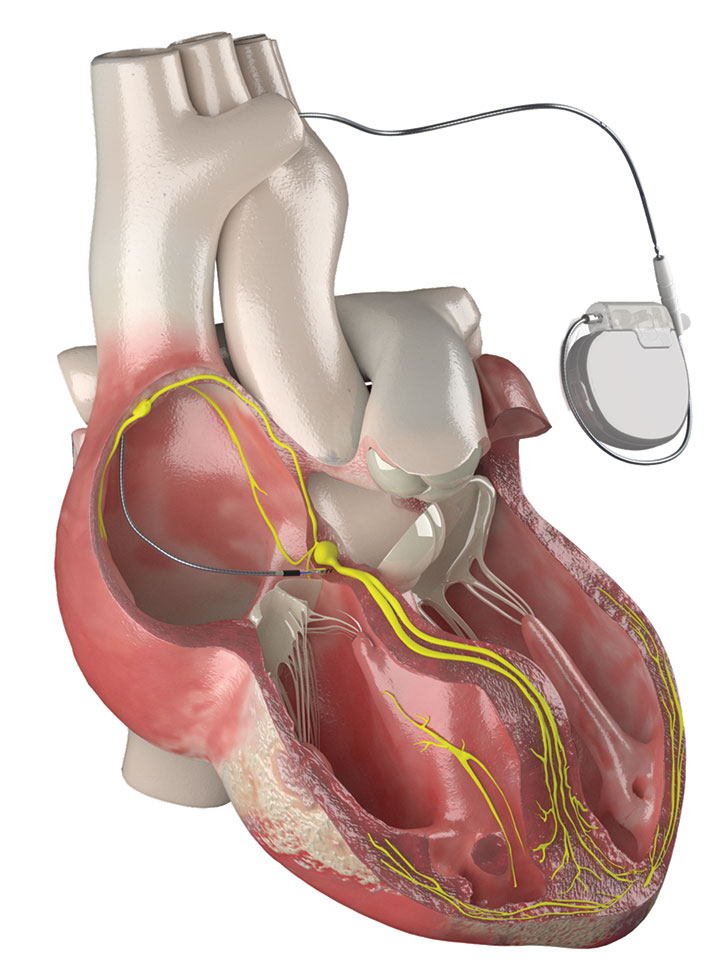As a nation, we celebrate holidays and historic events marked by elation or tragedy. These include birthdays of our country’s fore-fathers, victory days of wars waged long ago, and sometimes natural disasters. This month we remember a very unnatural disaster, a tragedy of unparalleled proportion during our lifetime: the attacks of September 11, 2001.
The first reports that day were sketchy. Just before 9 a.m., stories started spreading about a plane crashing into a New York City skyscraper. Gradually, the news got more specific: The World Trade Center towers. Then the Pentagon. Then a field in Pennsylvania.
No doubt you can recall where you were that morning. Our world as we knew it changed forever,
as almost 3,000 people from the United States and 55 other countries lost their lives on airplanes, in buildings, and on the ground in New York City, at the Pentagon, and in the countryside of Shanksville, Pennsylvania. The death toll surpassed that of the 1941 Pearl Harbor attack. September 11 also marked the greatest single loss of rescue personnel in American history.
On the 10th anniversary of the attacks, the National September 11th Memorial and Museum Foundation will dedicate the memorial and museum at Ground
Zero in New York to remember and honor those who lost their lives. The memorial features two large waterfalls cascading into reflecting pools located within the footprint of the original Twin Towers. It will welcome visitors who wish to remember loved ones or celebrate our fallen heroes. The names of the 9/11 victims and those who died in the February 1993 World Trade Center attack will adorn bronze parapets. The memorial’s design is intended to create a spirit of hope and renewal. Hundreds of oaks will surround the reflecting pools, creating an atmosphere of serenity and contemplation. A special callery pear tree, named the Survivor Tree because it was nurtured back to health after the attacks, occupies a revered place in the design, reflecting the resilience not only of its life but that of the survivors, victims’ families, and the Americans who will never forget that day.
In 2008, the Pentagon dedicated a memorial representing the 184 lives lost there on September 11, 2001. The memorial includes a simple yet symbolic concrete "age wall," with its gradually increasing height representing victims’ ages. Starting at just 3" tall, the wall reflects the youngest victim, a 3-year-old girl, and rises to 71" in remembrance of the oldest victim, a retired U.S. Navy captain. In a special park, benches line the path of the plane that struck the building. Name plates bearing the names of those who died aboard the airplane and at the Pentagon sit atop each bench; beneath each bench, trickling water helps block out surrounding sounds and provides a place for contemplation and healing.
In Shanksville, Pennsylvania, the U.S. National Park Service will dedicate phase I of the permanent Flight 93 National Memorial on September 10, followed by
a 10-year commemoration on September 11. Forty groves of trees are planned to commemorate the lives of the 40 passengers and crew members who lost their lives in a heroic effort that prevented the highjackers’ suicide mission from reaching the U.S. Capitol. The preamble to the Memorial mission statement reads, "A common field one day. A field of honor forever." The hallowed ground and final resting place of the Flight 93 passengers and crew will forever stand as a reminder of the courage and bravery of the everyday people who made the ultimate sacrifice to preserve others’ lives.
At Ground Zero, first responders braved perilous conditions for hours on end. As they transported victims to local hospitals, nurses and their colleagues prepared for the anticipated injuries—burns, shrapnel, crushing injuries—and other medical crises. Yet the lull that followed the collapse of the buildings created a deafening silence in emergency departments; the slowdown in arriving survivors confirmed the worst fears.
The indelible events of 9/11 reinforce the collective will of our nation to rise up in the face of adversity and rebuild our sense of pride, patriotism, and resolve to protect freedom. We remember and honor the lives of the men, women, and children who died in these unforgivable acts. We also celebrate the resilience of the human spirit—something we’re fortunate to experience with some regularity. These memorials will provide gathering places to nurture reflection, grieving, comfort, inspiration, and the hopes of a grateful nation.
Pamela F. Cipriano, PhD, RN, FAAN, NEA-BC
Editor-in-Chief

















